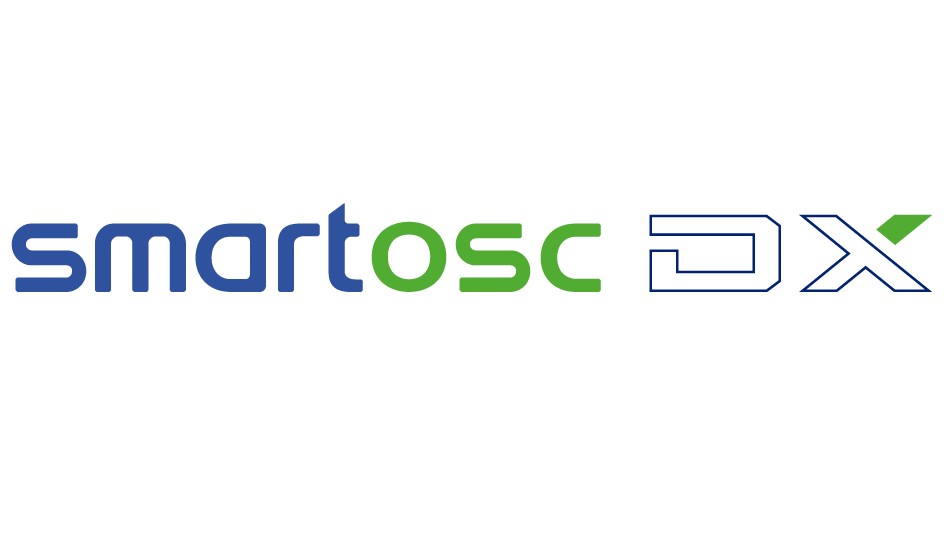IT teams may be employed for their technical skills rather than their writing abilities. However, it is critical to be able to transmit IT messages effectively.
There are many different kinds of messages IT needs to send, including new policies, scheduled maintenance, status updates, unanticipated outages, security reminders, and more. If this messaging is incorrect, users will be left in the dark, putting the business in danger.
With so many message requirements to handle, an IT communication strategy is a must. But where do you begin? We’ll go over what to include, why it’s important, and how to create a communication plan template.
What is an IT Communication Strategy?
An IT communication strategy is a document that describes directions for the effective sharing of IT information with employees and stakeholders. It explains the IT objectives’ goals, audiences, channels, best practices, and timescales.
A communication plan aims to provide important information to the relevant people in the most effective way to maximize readership. They are frequently developed in collaboration with Internal Communications.
Your IT communications should be part of a wider internal communications strategy. This maintains communication consistency and leverages the expertise of other departments.
Why do you need an IT Strategy?
The development of an IT strategy is now essential for organizational leadership. Its importance reflects the development of technology as an essential part of successful company operations. The significance of an IT strategy has increased as organizations focus on the digital revolution.
Technology is crucial for businesses to increase sales, improve customer service and the customer experience, enable employees and boost productivity, and support connections with suppliers and other business partners. Therefore, organizations must create an IT strategy to achieve these goals and compete with other businesses that have similar objectives.
Some businesses may decide to forgo a separate IT strategy, especially platform companies and other businesses whose product is based on technology offerings. These companies may instead combine IT goals with overall company strategies to produce a single, unified document.
How do you create a successful IT communication plan?
Follow these six steps to develop an efficient IT communication strategy that is flexible to business needs and achieves your goals.
Các sản phẩm khác: Magento POS, BigCommerce POS, Shopify POS, Woocommerce POS, NetSuite POS, Mobile POS, White label POS,
Define your objectives
The first step in developing a successful IT communication plan is to define your goals. What are your IT strategy’s main goals and outcomes? How would you like to share these with your stakeholders?
How will you measure the success of your communication efforts? By establishing your objectives, you can coordinate your communication strategy with your IT plan and focus on the key messages and actions that will drive the desired outcomes.
Identify your stakeholders
The second step is to identify your stakeholders. Who are the people or groups that are interested in or affected by your IT strategy? How do they perceive your IT initiatives and projects? What are their requirements, expectations, and concerns?
How do they prefer to receive information and provide feedback? By identifying your stakeholders, you may divide them into several categories according to their level of interest, influence, and engagement and then adjust your communication strategy as necessary.
Develop your messages
Setting up your messages is the third step in creating a successful IT communication strategy. What key messages about your IT strategy do you want to convey to your stakeholders?
How will you explain the benefits, challenges, and risks of your IT projects and initiatives? How will you handle all potential objections, questions, or problems? How will you gain people’s respect and support for your IT vision and objectives? By creating your messages, you can create clear, concise, and persuasive material that will connect with your audience and move them to action.
Choose your channels
The next step is to choose your channels. How will you deliver your messages to your stakeholders? What are the most effective communication channels and platforms for your intended audience, target market, and content?
How will you strike a balance between your communication activities’ frequency, timing, and format? How will you make sure that your routes of communication are accessible, trustworthy, and secure? By carefully choosing your channels, you can optimize your communication strategy’s impact, efficacy, and reach while preventing confusion or information overload.
Implement your plan
The fifth step in setting up an effective IT communication plan is to implement your plan. How will you carry out your communication efforts taking your schedule, finances, and resources into consideration? How will you collaborate and plan with your IT staff and other relevant stakeholders?
How will you handle any adjustments or unforeseen circumstances that can impact your communication plan? How will you track the development and results of your communication plan? By carefully implementing your plan, you can put your communication strategy into action and ensure it aligns with your IT strategy and business objectives.
Watch more: What is IT Development Strategy?
Evaluate your results
The last step is to evaluate your results. How will you measure your communication plan’s efficacy and effectiveness? What methodology will you use to gather and examine data and feedback from your stakeholders and other sources?
How will you determine your communication plan’s advantages, disadvantages, opportunities, and threats? How will you enhance your upcoming communication strategies using the lessons you’ve learned and industry best practices? By evaluating your results, you can evaluate the effectiveness and value of your communication plan and demonstrate how successful your IT strategy is.
Conclusion
A successful IT communication strategy requires creating a plan and its effective implementation. If these documents are neglected after completion, they will serve no purpose.
But how do you get started creating an IT strategy? SmartOSC is here for you. If you need help with your IT communication strategy, contact us today.
SmartOCS, a top provider of technology strategy for business organizations, helps to create strategies that are flexible enough to adapt quickly and also will help you make better decisions so you can stay ahead of the competition, no matter what challenges lie ahead. At SmartOCS, we have helped numerous companies in developing their IT strategies.
Source: https://www.smartosc.com/it-communication-strategy/
►►►► Dịch vụ liên quan của chúng tôi: ai in fintech, information technology strategy, apple marketing strategy, nike marketing strategy, live commerce, financial innovation, web development software, automated testing for blockchain, cloud migration strategies, Mẫu bảng lương, mẫu bảng chấm công Excel, phần mềm nhân sự, phần mềm quản lý doanh nghiêp, nền tảng quản trị doanh nghiệp, implementation plan, phần mềm KPI, phần mềm chấm công, phần mềm tính lương, phần mềm CRM, phần mềm OKR, Phần mềm quản lý dự án, App chấm công, Cách tính lương, Ftrip Viet Nam, vietnam itinerary 2 weeks, north vietnam 2 week itinerary, northern vietnam 2 week itinerary, vietnam luxury tours, custom travel itinerary, best tour operators in vietnam, Vietnam Photography Tour, Photography Tour Guide Viet Nam

